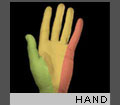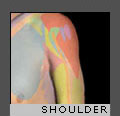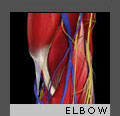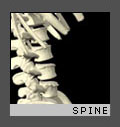However, though golf may not be the root cause of many golf injuries, playing golf, particularly for those of us who walk the course, may aggravate preexisting knee problems, such as cartilage tears or knee arthritis. This is particularly true for the older player.
Research studies have revealed the following information about golf and knee injuries:
- The most stressful phase of the golf swing to the knee is the downswing.
- The skill level (handicap) of the golfer does not seem to affect the amount of stress placed on the knee during the swing.
- The stresses placed on the knee during the golf swing are not sufficiently high to result in frequent injury. This makes sense, because we already know from large-scale surveys of pro and amateur golfers that golf-induced knee injuries are not too common.
- However, the knee stresses caused by golf are sufficiently high to be of concern to the golfer who is rehabilitating from a prior knee injury or knee surgery.
- Most knee injuries occurred secondary to overuse rather than as distinct traumatic injuries.
- Golfers of all ages had knee pain.
- Golfers of all abilities had knee pain.
- The left (lead) knee and the right (trailing) knee were involved with equal frequency.
- About half the golfers with knee problems went on to have surgery.
- The most common diagnoses for knee problems were:
- Torn medial meniscus
- Knee arthritis (osteoarthritis)
- Torn lateral meniscus
- Kneecap pain (chondromalacia)
Gatt C, Pavol M, Parker R, Grabiner M: Three-Dimensional Knee Joint Kinetics During a Golf Swing. American Journal of Sports Medicine 26(2): 285-94, 1998
Guten G: Knee Injuries in Golf. Clinics in Sports Medicine 15(1): 111-28, 1996






